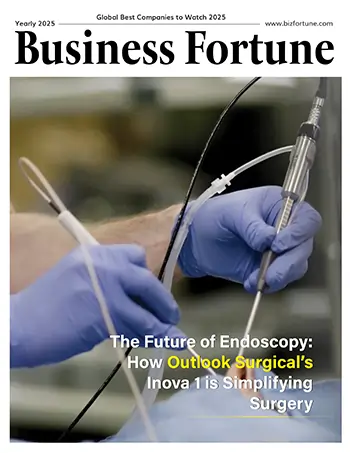Home Industry Bio Tech Is J&J's Bold Moving a Sig...
Is J&J's Bold Moving a Sign of a Novel Treatment for Multiple Myeloma?
Bio Tech

Business Fortune
02 December, 2024
The Johnson & Johnson-sponsored Executive Interview features Mario Klesse, the regional commercial strategy leader in hematology, and Edmond Chan, the company's senior director and EMEA therapeutic area lead in hematology.
Since J&J stepped up its research into multiple myeloma a little over 10 years ago, the business has been able to change the course of this complicated and challenging kind of blood cancer.
The first anti-CD38 antibody, which targets an antigen found in myeloma cells, was introduced on the market by J&J. The business has become a leader in the area thanks to this therapy, and it is now pursuing new goals with intriguing future prospects.
A noteworthy turning point was reached in 2017 when a partnership with Legend Biotech created a new avenue for CAR-T cell therapy research. As a result, J&J built its first cutting-edge facility in Europe to produce CAR-T treatments in Ghent, Belgium.
The Pharma Letter met with two top executives from the company's European operations to discuss developments ahead of the 66th American Society of Hematology (ASH) conference, the most important medical congress in the therapeutic field. The use of minimum residual disease (MRD), a measurement of the number of cancer cells left in the body after therapy, as a stand-in endpoint for overall survival is one significant advancement that may let patients access innovation sooner.
Achieving MRD negativity—where no cancer is found—is strongly associated with better long-term results in multiple myeloma, such as progression-free survival and overall survival. In April 2024, its scientific advisors unanimously recommended that the US agency consider this as a surrogate objective for speedy approval in multiple myeloma.
Building on last year's impressive performance, the multiple myeloma community anticipates additional advancement as the 2024 ASH conference draws near.
Dr. Chan emphasized that the current attrition rate from first-line to second-line treatment is 36%, a number that regrettably becomes worse in subsequent phases. Given this difficulty, adopting a more individualized strategy has become an essential part of a paradigm change that aims to intervene early.


































